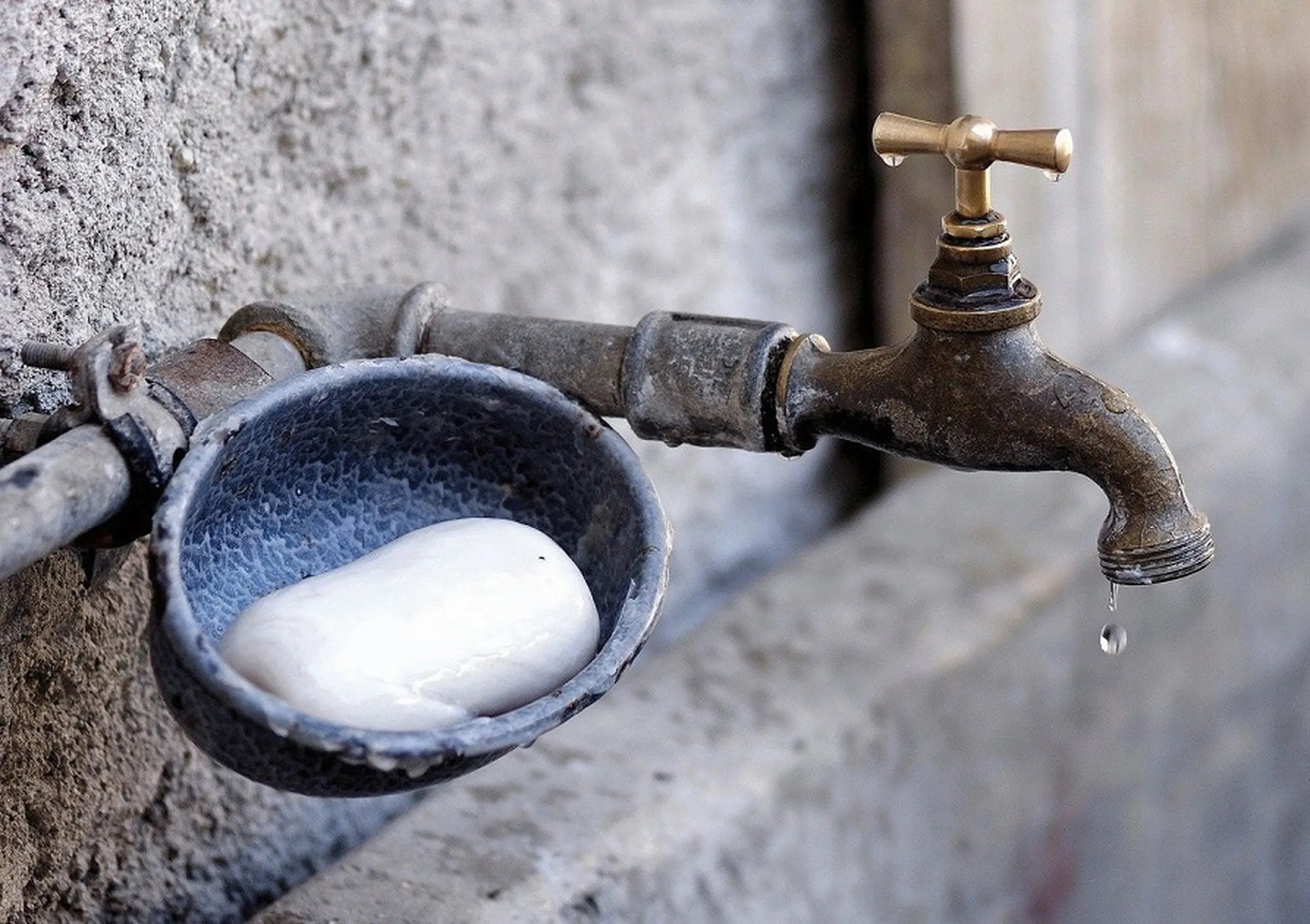SSH4A in Nepal
Nepal,
ongoing

A project under SNV's Sustainable Sanitation and Hygiene for All (SSH4A) Programme that expands coverage of sanitation and hygiene progress to a further 15 districts, including the terai belt where the pace of coverage and access to sanitation facilities
SNV continues to support the Government of Nepal in achieving its development goals in a sustainable manner. Through new donor-funded projects for our rural Sustainable Sanitation and Hygiene for All (SSH4A) Programme, we have expanded our work in sanitation and hygiene to 15 districts, which also includes the terai belt where the pace of coverage and access to sanitation facilities is slow when compared to the rest of the country.
Nepal is well positioned to achieve its target of universal coverage for sanitation by 2017- the recently updated data by the National Management Improvement (NIMP).
According to the NIMP access to sanitation has reached 70 percent nationwide. This was not always the case. In 2010, the NMIP revealed that the national sanitation coverage lay at 43 percent. Moreover, progress on sanitation coverage was defined by inequities across populations from urban-rural segments, ecological belts, administrative regions, and wealth strata. This is why SNV started its sanitation and hygiene activities in the Mid-Western Development Region.
In 2008, when SNV first began its work in the rural areas of six districts and later a seventh district, the Mid-Western Development Region ranked second lowest amongst the five regions of the country with regards to percentage of households having a toilet. Now the region is amongst the top when it comes to proportion of households with a toilet.
SNV’s working modality focusses on building capacity of local government and line agencies to lead and steer sector development while engaging with sector actors- government, donors, NGOs, private sector, civil society for joint action at all tiers of governance (village, district, regional, and national). We work in the districts through our advisors and build capacities of local implementing partners to support activities at the village and district levels.
The SSH4A programme in Nepal targets 96 VDCs in 7 districts and aims to reach a total of 240,000 people for access to sanitation by the end of 2015 and 75,000 people practicing hand-washing with soap at critical times.
Futher, the programme focused on civil society targets 96 VDCs in 8 districts and aims to reach a total of 270,000 people for access to sanitation by the end of 2017 and 100,000 people practicing hand-washing with soap at critical times.




